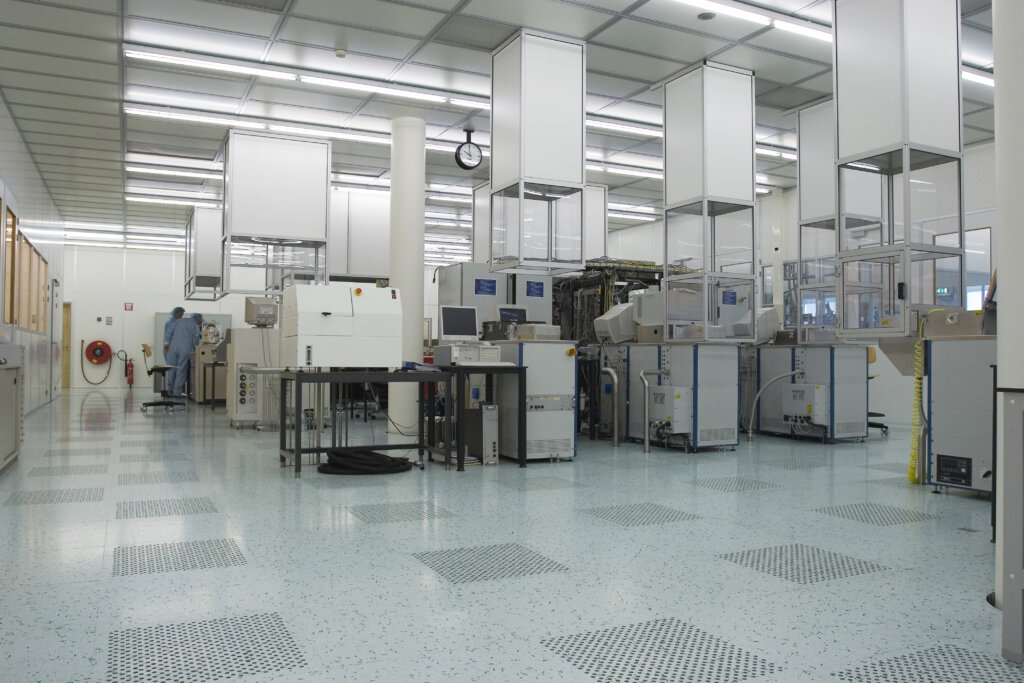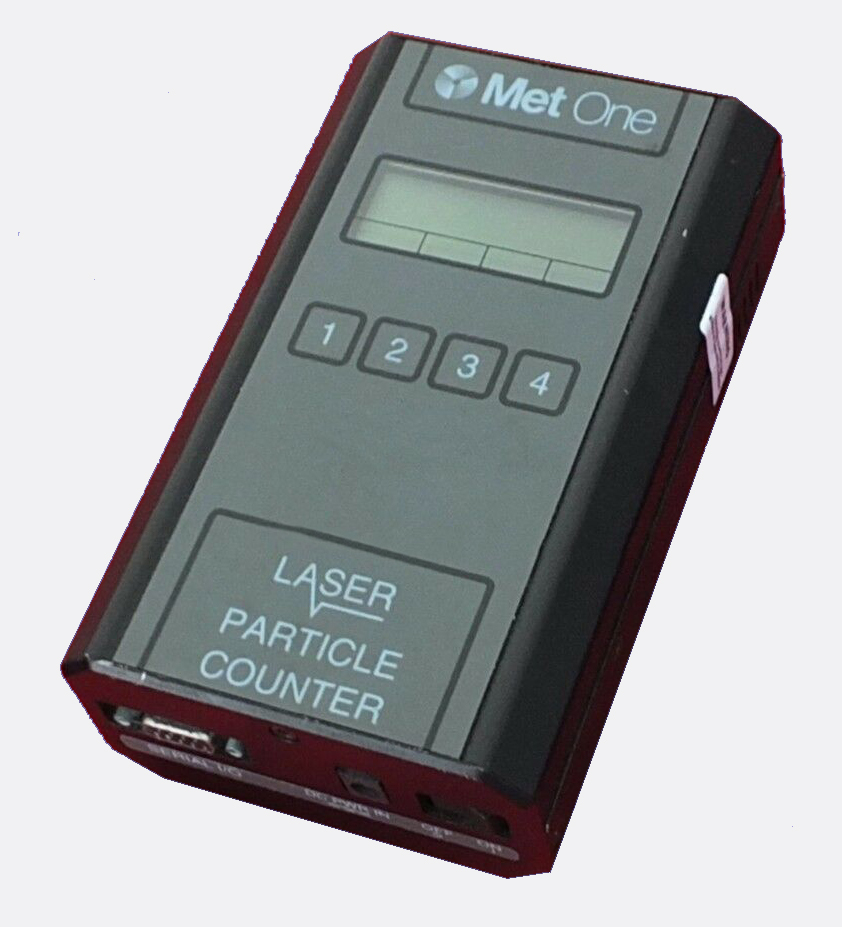by David Pariseau —
Air quality monitoring is relatively new in the commercial space and we’ve seen a number of issues and concerns that are remarkably similar to those we faced in the early days of air quality monitoring in the industrial space.
This article provides a brief history of the developments of air quality instrumentation in the cleanroom space. We believe that we’re at the beginning of similar developments for air quality instrumentation within the commercial space. In fact we’re already seeing many of the key players in indoor/outdoor air quality raising many of these issues today.
For the purposes of this article I’ll only discuss particulate monitoring, since it’s what I’m most familiar with but similar issues exist with gas sensors, and other environmental sensors to some degree.


Particle counting as an industry was born largely to address yield problems in semiconductor manufacturing. The explosion of semiconductors in the 1960-1970s revolutionized the world, circuitry that prior to this was large, bulky and drew loads of power was being quickly replaced by miniature solid-state circuits produced at fractions of the cost. The miniaturization though meant the very small geometries in these circuits could be compromised by airborne (or liquid borne) particulates inadvertently deposited on the surface of the circuitry during the manufacturing process. Particulates above a specific size (dictated by the process geometries of the devices being produced) could cause shorts or opens within these circuits causing them to malfunction or fail. Since many of these circuits were manufactured simultaneously (on the same silicon wafer) even short-lived air quality issues could destroy large numbers of these devices.
In order to ensure that particles above a specific threshold size were kept to an absolute minimum, semiconductor manufacturers built large, expensive cleanrooms with extensive filtration to attempt to ensure that the air in their manufacturing environments was kept as free of particulates above that threshold size as possible.
Of course, installing filtration was no guarantee that this would indeed be the case. There are lots of ways that filters can fail and that clean environments can be compromised, so it was an ongoing battle to ensure that the environment was kept within the required tolerances for the process in question. The major tool that was used to ensure this was the optical particle counter.
Simplistically, these instruments sample the air in an environment by passing it carefully through a chamber where a light (typically a laser) shines a ribbon of light through which the air passes. If the air is perfectly clean it passes through the ribbon without scattering any of that light. However, when particles are present they scatter light as they pass through the beam, the amount of light scattered being proportional to the size of individual particles. A detector would measure the scattered light and update one or more internal counters based on the amount of light for that particle. So, in this way an instrument could count all the particles passing through an instrument and report on how many particles were seen during a sample period, sorting them in various size bins (or channels).
The manufacturer could then look at these readings and determine whether the quantity of particulates above their specified threshold was acceptable. Having this information in real-time (as opposed to capturing a sample of air and sending it off for analysis) allowed them to more tightly control their process and respond much more quickly to events, saving huge sums in many cases.

The early instrument were very crude, incorporating only discrete logic chips (no controllers or onboard processors) they would simply have manually calibrated thresholds that a technician would adjust, that would drive binary counters and then periodically shift these counts to small numeric displays before resetting themselves and restarting. There was no logging, no control, and very few features.
These products were a commercial reaction to a pressing need and a number of vendors sprang up to supply these and meet the growing demand. There were no standards as to how this should be done, with each company developing their own solutions based on this basic principle.
Over time features like logging, printing, external communication interfaces, more channels, smaller channels, etc. were added in response to client demands and in attempt to differentiate products.
Read the full article in the January digital issue of Healthy Indoors Magazine at: https://hi.healthyindoors.com/i/1076124-hi-jan-2019/27
The post Air Quality Instrumentation: A History appeared first on Healthy Indoors.






















